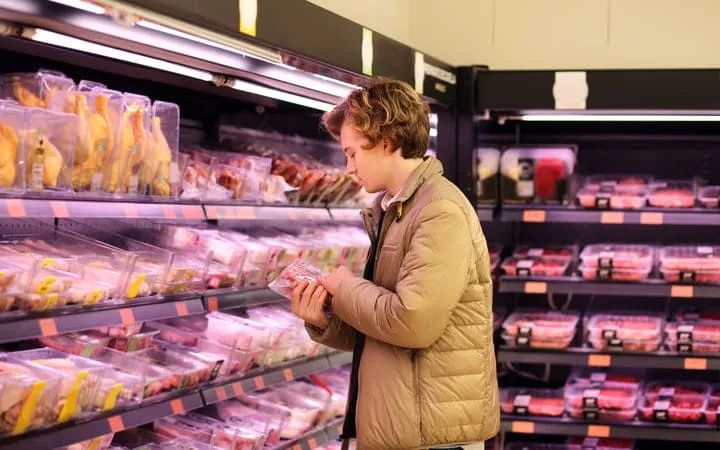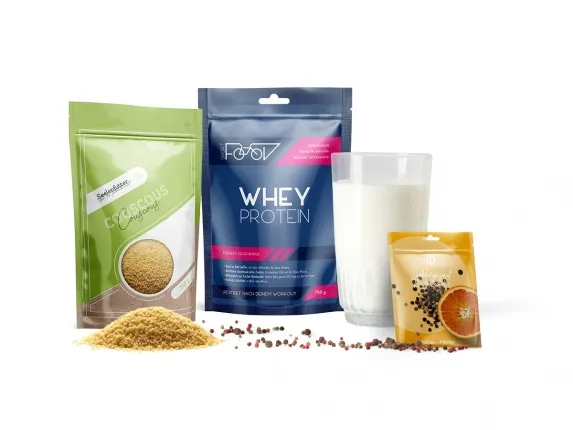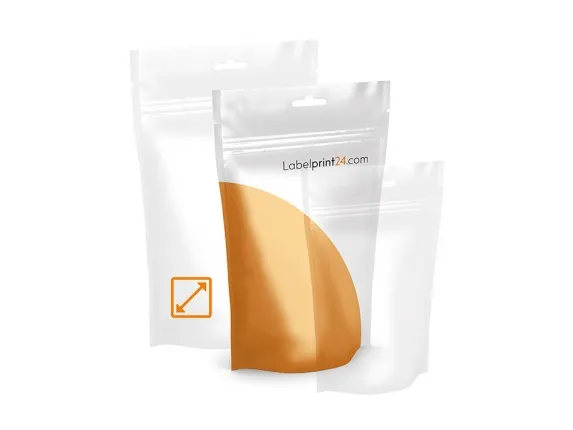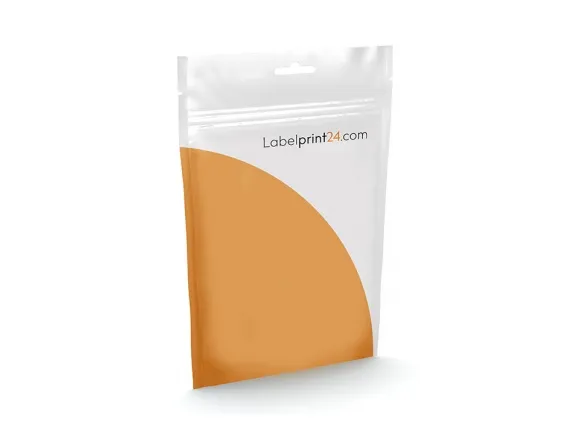
The EVOH barrier of a film packaging as effective protection for foodstuffs
Convenience products such as ready meals are still on the rise and their producers are happy about growing market shares. Products with a corresponding look are always a guarantee for good sales in the chiller cabinet. Because fast, convenient and at the same time high-quality food fits perfectly into our time.
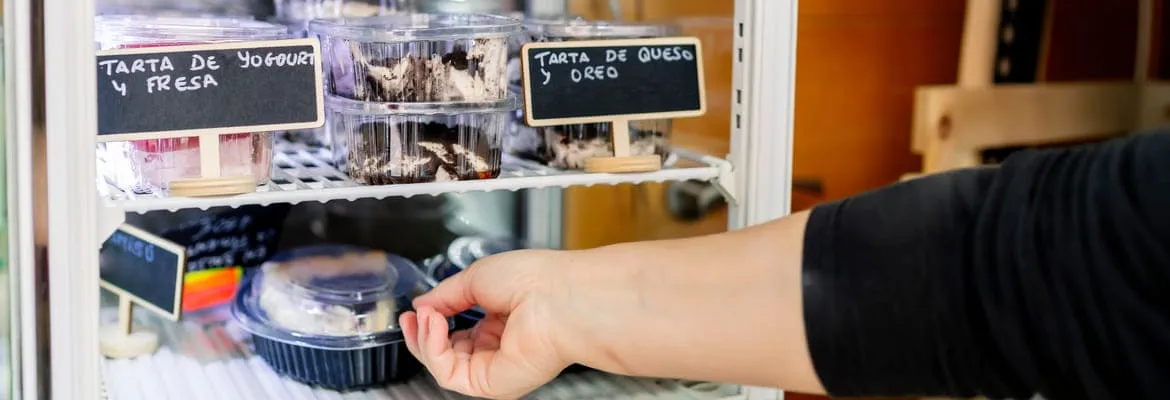
The prerequisite, however, is a perfect appearance and a long shelf life, because who wants to shop every day when the fridge at home can also be filled. This is where coated and packaging comes into play to ensure a long shelf life for the product. One of these packaging materials that has steadily gained in importance in recent years is ethylene-vinyl alcohol copolymer - EVOH for short.
Definition: What is an EVOH barrier?
Special requirements apply to the packaging of food. Not every plastic is suitable for this sensitive task. And composite plastics are now used for improved shelf life. This packaging consists of different polymers with different properties and barrier characteristics.
In chemistry, a barrier property means a low permeability for certain substances. These can be gases such as oxygen, water vapour or organic chemical compounds such as aromas. The oxygen permeability of a package is particularly important for the long shelf life of a product. The less oxygen that reaches the product from the outside, the longer it stays fresh.
Products from Labelprint24 of interest to you
In addition to these very complex properties, every packaging material must of course be food-safe, i.e. harmless to health.
A polymer that fulfils both properties, i.e.
- food contact suitability
- good barrier properties for oxygen
is ethylene-vinyl alcohol copolymer, from which the name EVOH barrier is derived.
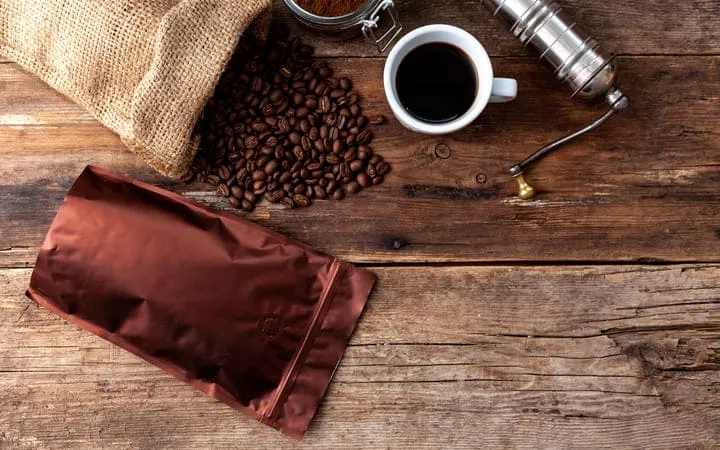
What does an EVOH barrier consist of?
Polymers, i.e. plastics and the products made from them, can be imagined like a plate of spaghetti. Long threads lie criss-crossed, forming a dense layer of threads. However, between these threads, gaps and spaces often open up, allowing individual molecules to slip through.
One such polymer is ethylene-vinyl alcohol copolymer, which consists of the individual building blocks ethene and vinyl alcohol. These individual building blocks link together to form long threads that twist together in a similar way to spaghetti. The resulting EVOH is very poorly permeable to gases. For the food and packaging industry, the low permeability for oxygen and carbon dioxide is crucial.
For the actual production of the EVOH barrier, the plastic can be extruded into thin films or laminated directly onto a second layer such as cardboard, foil or another plastic.
Areas of application of an EVOH barrier in the food sector
In the food and packaging industry, the EVOH barrier usually forms only one layer of a so-called composite packaging. Typical components of a composite packaging are:
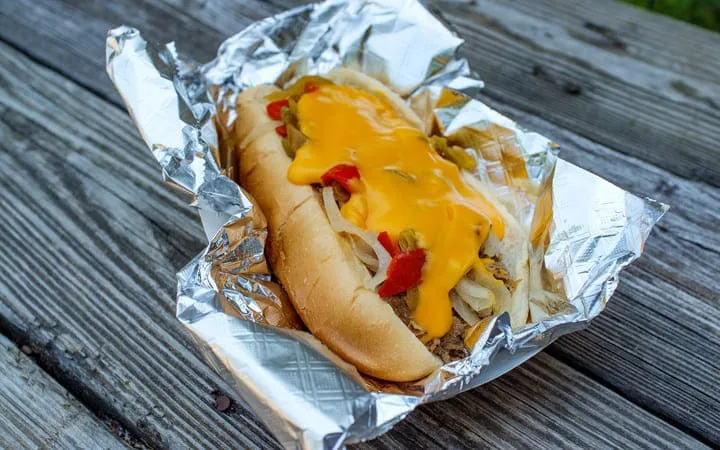
- Polyethylene
- Aluminium
- EVOH barrier
- Cardboard or paper
Each of these materials has its own function in composite packaging. Paper or cardboard form the actual packaging material, whereas polyethylene prevents it from softening. Aluminium and the EVOH barrier provide an additional protective function. Aluminium is usually used as light protection, while the EVOH barrier ensures that gas exchange is prevented.
As a component of composite packaging, the EVOH barrier is always used where a clear view of the product is required and gas exchange is to be prevented. Examples of such packaging are:
- Trays for fresh meat
- Films for sausage and cheese
- Fruit trays
- Ready-made desserts and creams
- ready meals
An EVOH barrier is also the release agent of choice when the pack contents are to be heated with the pack. Examples are:
- Microwave containers on plastic
- Stand-up pouches, so-called Doypacks
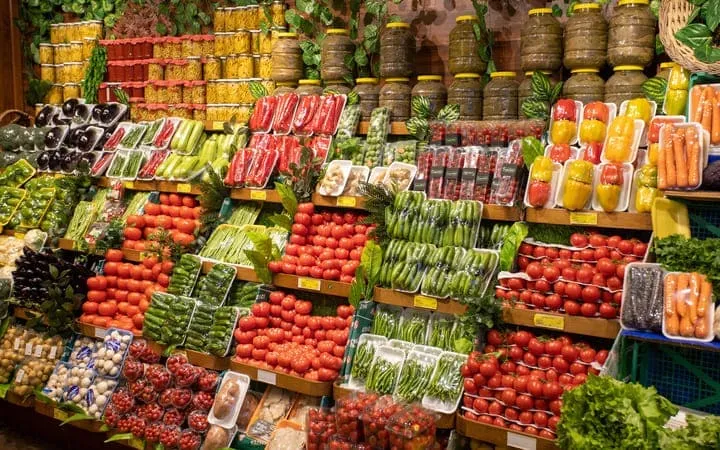
Alternatives to EVOH
In addition to an EVOH barrier to prevent gas exchange, other materials are also suitable for performing this task within a composite packaging. Classically, aluminium in the form of a film layer is quickly resorted to here. Recently, however, inorganic vapour depositions have gained a good reputation as an alternative to the EVOH barrier. These vapour depositions include:
- Silicon oxide
- Aluminium oxide
- Aluminium metallisations
In addition to these inorganic barrier layers, there are also polymer-based barrier alternatives. These include, on the one hand, the different EVOH classes themselves. With most plastics, the chemical and physical properties can be influenced through targeted manipulation of the synthesis environment. This is also the case with EVOH. In addition, polyamides in nano form are suitable as a somewhat cheaper alternative with a noticeably poorer barrier effect.
Doypack film packaging with EVOH barrier
Doypacks are so-called stand-up pouches that are suitable for heating portion packs directly in the microwave. The customer no longer has to decant the meal before heating it. All they have to do is tear open the stand-up pouch or prick it specifically and then place it in the microwave.
Examples of products offered in Doypack are:
- cooked rice
- Rice preparations
- Pasta dishes
- Stews
- Soups
In contrast to conventional portion packs, doypacks can save large amounts of packaging waste, as the majority of the actual packaging material consists of paper or plastic films. Since the contents of a Doypack usually have a long shelf life, effective gas barriers are particularly important in this case. An EVOH barrier is convincing for stand-up pouches due to its universal applicability, as it can be heated in the microwave without any problems, in contrast to metallic coatings.
Summary
Ready meals and other convenience products are usually offered in packaging made of composite materials. The packaging has several tasks to fulfil:
- Attractive presentation of the product
- Good transport properties
- Stability
- Barrier effect
The barrier effect of a package prevents oxygen from penetrating the product and thus increases shelf life. A good effect is achieved by an EVOH barrier based on ethylene-vinyl alcohol copolymers. Besides EVOH, barriers can also be formed on an inorganic basis in the form of metal coatings.
However, these have some disadvantages. For example, packaging coated in this way cannot be heated in the microwave.
